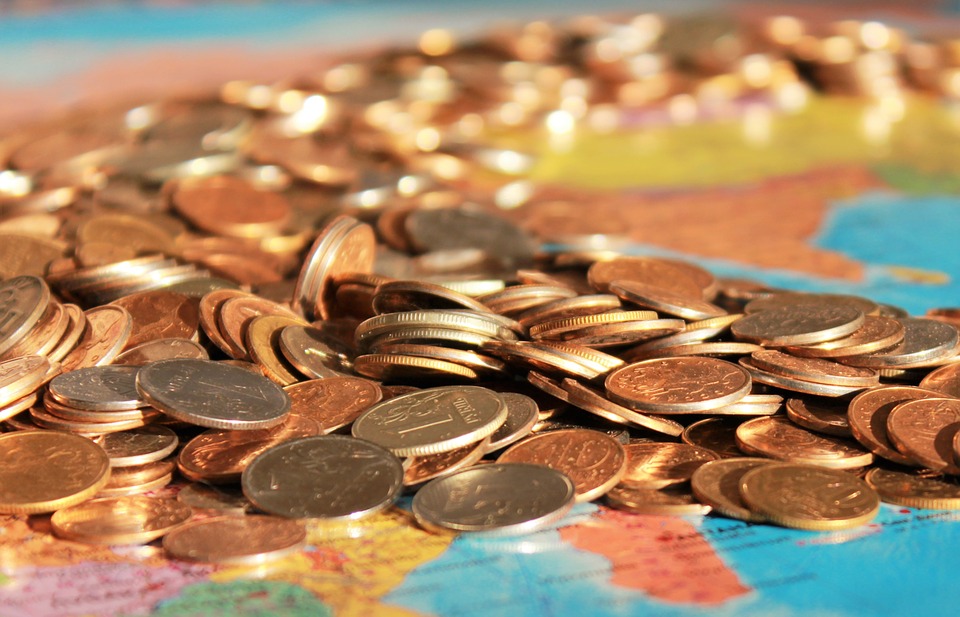LCG: Euro slips below 1.12 against US dollar, UK appoints new PM, Coca-Cola and Snap reports, as energy stocks maintain advance on Mid-East tensions.
LCG: Euro slips below 1.12 against US dollar, UK appoints new PM, Coca-Cola and Snap reports, as energy stocks maintain advance on Mid-East tensions.

The euro-dollar slipped below the 1.12 mark in the Asian trading session, as the US dollar strengthened against all G10 currencies and gold. July advance consumer confidence data, due today, should continue hinting at a lukewarm consumer sentiment in the Euro area, keep the inflation expectations low and maintain the dovish European Central Bank (ECB) prospects high before Thursday’s meeting.
The pound remains under a decent selling pressure as well, as the UK prepares to appoint its new Prime Minister today. Boris Johnson is expected to win Conservatives’ leadership race and his victory could bring along a wave of Tory resignations, including Chancellor Philip Hammond’s. If this happens, Johnson could replace outgoing ministers by harder-Brexiteers in his pursuit of a final resolution by October 31. This would raise the risk of a no-deal exit and should further weigh on the pound. But from a pricing perspective, the markets have already factored in the possibility of a no-deal Brexit at length, therefore we could see a limited kneejerk reaction to an eventual Johnson victory. In contrary, we could even witness a relief rally past the 1.25 mark against the US dollar. Yet, the upside corrections will likely remain limited as well, given that the talks of a potential general election will keep investors’ minds busy, besides the complex Brexit puzzle.
FTSE futures (+0.38%) hint at a positive start in London. Energy stocks could follow up on Asian gains as oil consolidates on the back of mounting Iranian dispute despite UK’s diplomatic efforts to de-escalate tensions, and supply disruptions in Libya.
WTI crude is steady near $56 a barrel, as Brent crude trades near $63 a barrel. The fact that oil prices have not climbed further on Iranian tensions hints at two possibilities. First, the US oil production certainly acts as a powerful buffer face to the Middle East supply-side crisis. Second, investors are more concerned about a slowing global demand due to trade tensions. Or both.
Gold retraced to $1416 an ounce, as Goldman Sachs said that Japanese yen offers a better hedge to market unwinds than gold. Not sure if the Bank of Japan (BoJ) Governor Kuroda and Japanese exporters were happy to hear this, but USDJPY advanced past the 108 mark in Tokyo, as Japanese equities gained.
The US dollar continues recovering against its G10 counterparts as investors maintain their odds for a 50-basis-point cut below 20% at the FOMC’s July meeting. The US government yields remain under pressure, still. The 10-year yield eased below 2.03% on Monday, then recovered to 2.05%. Further advance will likely see resistance within the 2.10%-2.15% area.
US President Donald Trump proposed to suspend the government’s debt limit and to boost spending for the next two years. But the House should approve this proposal this week before leaving for a six-week holiday. If approved, the market will not need to deal with the risk of US government missing payments by September, and of course, it would be a blessing for Trump’s presidential campaign for next year’s election.
Also, US officials may fly to Beijing next week for the first face-to-face meeting with Chinese officials over the trade dispute since the G10 summit. There is a visible willpower to seal a deal from Chinese companies, as some even offered to buy US farm products to charm Donald Trump and ease the tension between him and Xi. But the possibility of a full deal remains low as there are important discrepancies between the two countries’ expectations and both leaders seem little likely to compromise on their view.
Earnings focus
US equities closed on a positive note on Monday and the S&P and Dow futures were better bid in Asia, as investors remained focused on company earnings. It is also worth keeping an eye on Richmond Fed manufacturing index and US existing home sales.
Today, Coca-Cola and Snap will release second quarter results.
Coca-Cola may post 2% increase in 2Q EPS. Higher interest rate expenses due to the acquisition of Costa for $5 billion (completed in January) could eat into the near 7% net revenue growth and weigh on profitability, along with higher marketing and product innovation spending. Coca-Cola beat analyst estimates in Q1 and a renewed positive surprise in the second quarter results could water investors’ mouth near the $50 per share.
For Snap, a better engagement rate is expected with gender-swap and baby face filters that have gone viral earlier this year. While investors do not expect Snap to be profitable before 2023, they demand an improved progress toward profitability in the coming quarters. Snap shares retrace gains after having advanced by 237% to $16.24 per share between December and mid-July. A deeper price correction to $13.50 per share is plausible.
Elsewhere, UBS and Banco Santander will also release results.
UBS may see opportunity to expand its equities trading business after Deutsche Bank decided to unwind its. Still, the prospect of lower interest rates in the US and elsewhere will likely weigh on the bank’s interest margin outlook.
Opening calls
FTSE is expected to open 28 points higher at 7543
DAX is expected to open 81 points higher at 12370
